Us and connected devices
“Internet of Things” is the freshest, tasty, and, perhaps, frequently used phrase for any self-respecting IT-company.
Industrial manufacturers, the largest retailers, commercial players in the health care market - each of these sections of the market sees its own way of how to squeeze the maximum and capture the largest percentage of small (dependent), energy-efficient (not always) gadget buyers.
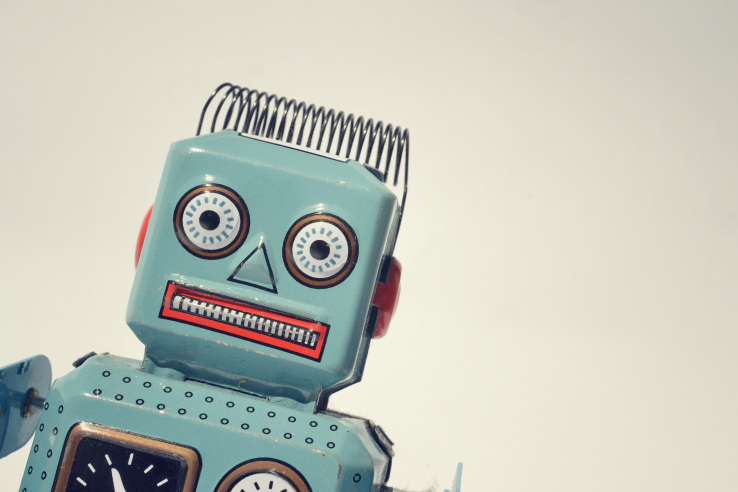
')
All technological industries are so excited by what is happening in the IoT field that the overall level is fit to be called hysteria.
It is ridiculous: Cisco is trying to introduce a slightly modified term - “Internet of Everything” (as it was in the history of the Human Network, it turned out so-so). Qualcomm has several proprietary solutions, Intel intends to go straight to creating a platform, while Apple and Google are developing increasingly complex strategies and tactics for high fences.
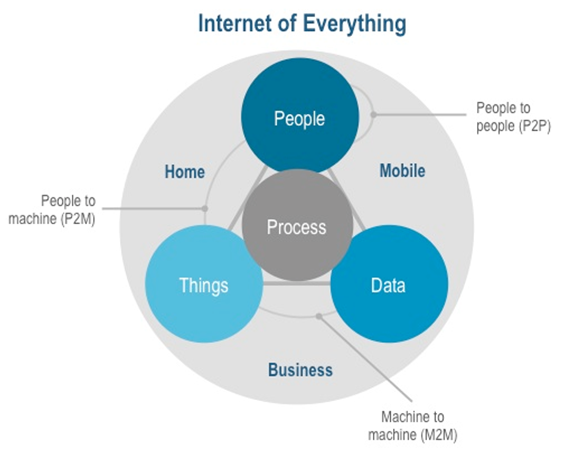
As with any other trend in the past, before IoT, a flock of specialized shows, exhibitions, accelerators and venture funds, local meetings in the districts and do-it-yourself circles have already appeared. Unprecedented - consulting companies such as McKinsey, Accenture, KPMG started to organize their own IoT-oriented departments and develop "best" practices.
What, for the time being, surprises most of all is the lack of a universal, understandable and simple definition of what advantages each of us, in the person of the buyer, will bring direct acquaintance with the device and further immersion in IoT. Not to mention what it is.
At the same time, we already see the refusal of a certain number of users from the trend and evidence of this, for various reasons: someone is called Glasshole (Glass / Asshole, calling names for Google carriers), and someone no longer sees the point in continuing Carry a fitness device with you, having learned about yourself a lot (or not) of the new. At the same time, they all continue to sell very actively, and they are no less actively refused.
The consumer (we are above it) does not understand the phenomenon of machines communicating with each other (now it is called “M2M”), or what a “data cloud” is - for the majority, for now, SkyNet is another HAL9000. After everyone learned, first of all, from traditional media that the NSA sees everyone and Facebook everyone, and still has time to make money on our data and behavior, the basic task of IoT companies is to convince the buyer that the product can trust. Especially when it comes to our homes and our only bodies.
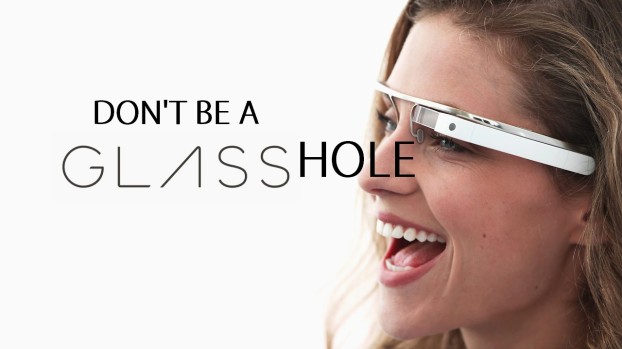
There is one more difficulty - for all of us, these are still toys, and not a comprehensive philosophy that can change the world around us, regardless of our level of readiness. The perception of IoT in the form of a “passing trend” reduces the overall significance of what is happening. Worth a look - and it becomes clear that the phenomenon is much wider. However, many manufacturers are mistaken too, dictating their behavior to the momentary behavior of the buyer - this is hardly the road to a brighter future.
And marketers of these companies are not right, advertising the next genie in a bottle based on “big data”, analyzed in real time, using our behavior or its standardized model. It is becoming completely incomprehensible that the era is waiting for us.
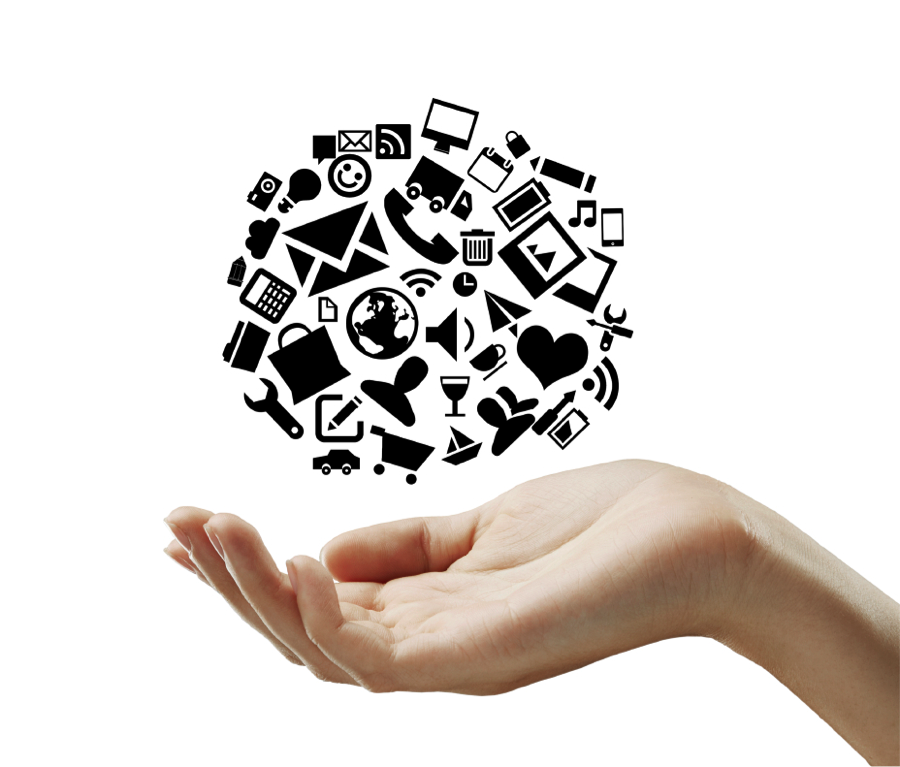
It is clear to all of us that technological platforms interacting in one mode, with one speed, complementing each other in a distributed computing network is something very exciting. But something is missing in all of our ideas about how this can, should, and will actually look like.
But in fact, IoT may be the culmination of the development of modern technology - the moment when, finally, it will be possible to connect any device with your body, digitize your own life, and maybe expand your own capabilities. After all, this is exactly what we should strive for: to extract for ourselves the best of what the IT sector currently offers us, as such.
With the ability to analyze the context in which each user is located individually, and the world in which he is surrounded, it is now that we have the opportunity to create a single information field for data, machines and people. Augmented reality, applications that know for sure what you are doing and how to help you are the future into which we must lead IoT.
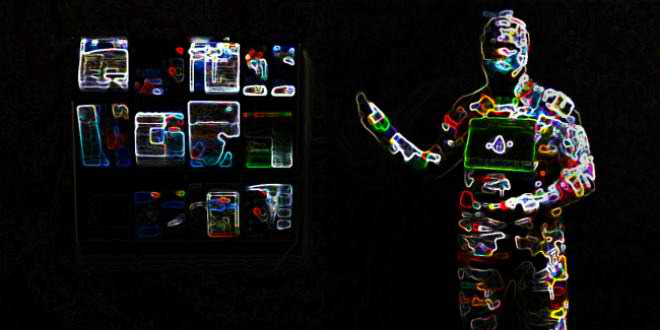
In last year’s book, The Age of Context: Mobile, Sensors, Data, and the Future of Privacy, Robert Scoble and Shel Israel called the most exciting thing that we don’t know. And it's not about the uncertainty of the future, but about things more mundane - the fact that there is no way to do without existing opportunities, and the tone of innovation development is set rather by existing restrictions (protocols, infrastructure). A sequence that begins with smart watches, bracelets, smart home devices, each of which sends its data to the notorious cloud, where they are analyzed and create conditions for the user's reaction. Or something like that.
Existing devices, existing social-digital data about us, our friends, colleagues, family members and connections within this structure, being included in the process of analyzing and absorbing this information. It turns out a little more than just a “trend”.
Another interesting thing about IoT is that it is a little more than “things”.
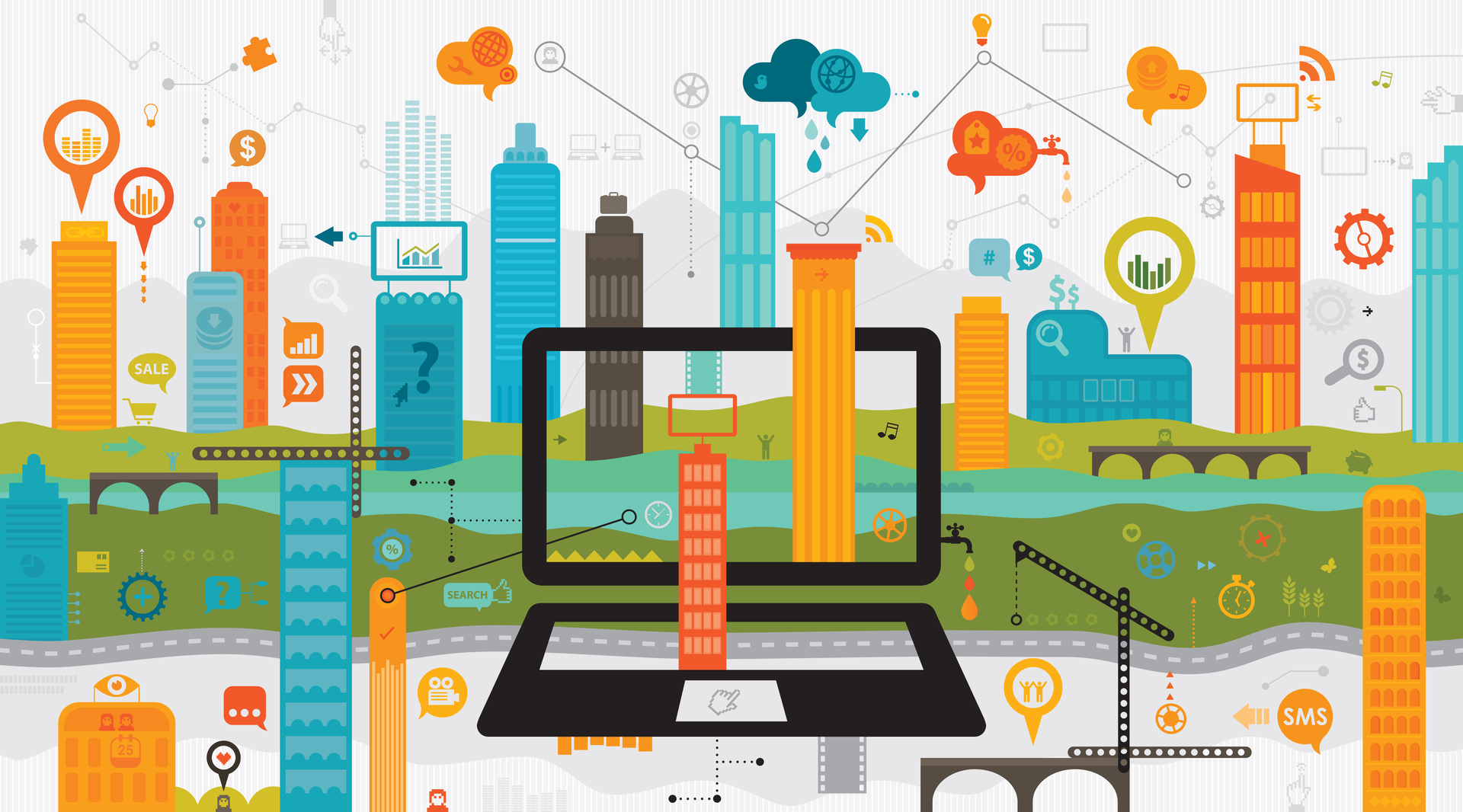
Right now, before our eyes, the next technological miracle is developing, in fact, a new paradigm. If by 2020 from 50 to 100 (according to forecasts) billion devices will actually be connected to the network, it’s impossible to lose sight of the fact that in the center of everything one way or another there must be a user - a person who uses all these numerous devices, applications and Services. First of all, for the sake of integrating your real “I” with digital and extracting, if not benefits, then at least information.
Over the years, developers around the world have been working to progressively build infrastructure and interoperability between the main centers of gravity on the Internet, and because of this, we generally talk about IoT - from the outset, no one goal except connecting billions of people together, no one of them did not pursue.
Today we are in a situation that forces us to unite around smart cities, buildings, cars and, above all, sensors connected to our bodies. IoT is only a temporary name for a “connected human body”.
Of course, we are interested in data collection, intellectual interaction and predictive analysis, as well as deep optimization of data and ways to connect them, around ourselves, and the physical objects around us, as well as the already existing conditions and prerequisites for the emergence of all this.
In healthcare, industrial networks, transportation, energy, and many other industries, IoT will increasingly go beyond the framework that we initially thought possible. We would like to see the emergence of completely new fundamental innovations, technologies, applications and business models of their successful existence.
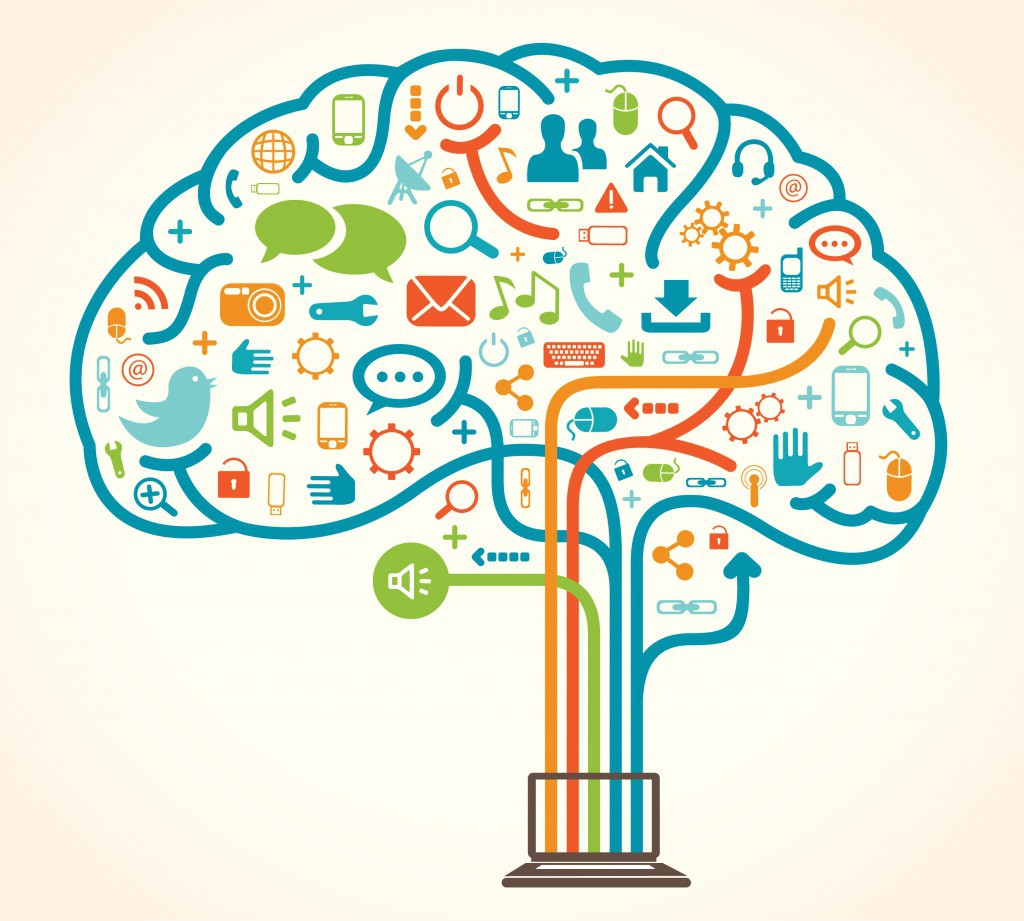
We should also talk about healthcare, because in connection with it, sensors can be placed not only and even not so much on our bodies, but at home or on the street. Hell, yes, they will soon be in our bodies, analyze the biological and anatomical information of the body, sending information for analysis, the results of which should result in improved quality of services, which means the continuation of human life.
The technological foundation, on and due to which the whole “Internet of Things” is being developed today, has existed for quite a while, we are only watching how a number of obstacles were overcome, which allowed billions of devices to interact with the user, their own platforms and among themselves. A striking example of IPv6, allowing you to build address schemes that can handle such data streams.
Not to mention miniaturization and energy-intensive issues, as well as energy efficiency. It would probably be wrong to say that we have achieved our own goals here.
Well, the primary scope of work is the standards by which devices can perform their function. Most of them already exist, such as IEEE 802.3 "Standart for Ethernet" and IEEE 802.11 [2] , which denotes all "wi-fi" products on the market. Further improvements are required in architectures, clouds, communication platforms, not to mention the areas of distributed computing, privacy and security. IEEE P2413 , for example, is designed as an architectural framework for cross-domain interactions that will help future systems communicate regardless of the source platform or the way a particular device is implemented.
There are no universal solutions, but they may appear.
In preparing the material used work from: TechCrunch , The Verge , Wired Magazine
Industrial manufacturers, the largest retailers, commercial players in the health care market - each of these sections of the market sees its own way of how to squeeze the maximum and capture the largest percentage of small (dependent), energy-efficient (not always) gadget buyers.

')
All technological industries are so excited by what is happening in the IoT field that the overall level is fit to be called hysteria.
It is ridiculous: Cisco is trying to introduce a slightly modified term - “Internet of Everything” (as it was in the history of the Human Network, it turned out so-so). Qualcomm has several proprietary solutions, Intel intends to go straight to creating a platform, while Apple and Google are developing increasingly complex strategies and tactics for high fences.

As with any other trend in the past, before IoT, a flock of specialized shows, exhibitions, accelerators and venture funds, local meetings in the districts and do-it-yourself circles have already appeared. Unprecedented - consulting companies such as McKinsey, Accenture, KPMG started to organize their own IoT-oriented departments and develop "best" practices.
What, for the time being, surprises most of all is the lack of a universal, understandable and simple definition of what advantages each of us, in the person of the buyer, will bring direct acquaintance with the device and further immersion in IoT. Not to mention what it is.
At the same time, we already see the refusal of a certain number of users from the trend and evidence of this, for various reasons: someone is called Glasshole (Glass / Asshole, calling names for Google carriers), and someone no longer sees the point in continuing Carry a fitness device with you, having learned about yourself a lot (or not) of the new. At the same time, they all continue to sell very actively, and they are no less actively refused.
The consumer (we are above it) does not understand the phenomenon of machines communicating with each other (now it is called “M2M”), or what a “data cloud” is - for the majority, for now, SkyNet is another HAL9000. After everyone learned, first of all, from traditional media that the NSA sees everyone and Facebook everyone, and still has time to make money on our data and behavior, the basic task of IoT companies is to convince the buyer that the product can trust. Especially when it comes to our homes and our only bodies.

There is one more difficulty - for all of us, these are still toys, and not a comprehensive philosophy that can change the world around us, regardless of our level of readiness. The perception of IoT in the form of a “passing trend” reduces the overall significance of what is happening. Worth a look - and it becomes clear that the phenomenon is much wider. However, many manufacturers are mistaken too, dictating their behavior to the momentary behavior of the buyer - this is hardly the road to a brighter future.
And marketers of these companies are not right, advertising the next genie in a bottle based on “big data”, analyzed in real time, using our behavior or its standardized model. It is becoming completely incomprehensible that the era is waiting for us.

It is clear to all of us that technological platforms interacting in one mode, with one speed, complementing each other in a distributed computing network is something very exciting. But something is missing in all of our ideas about how this can, should, and will actually look like.
But in fact, IoT may be the culmination of the development of modern technology - the moment when, finally, it will be possible to connect any device with your body, digitize your own life, and maybe expand your own capabilities. After all, this is exactly what we should strive for: to extract for ourselves the best of what the IT sector currently offers us, as such.
With the ability to analyze the context in which each user is located individually, and the world in which he is surrounded, it is now that we have the opportunity to create a single information field for data, machines and people. Augmented reality, applications that know for sure what you are doing and how to help you are the future into which we must lead IoT.

In last year’s book, The Age of Context: Mobile, Sensors, Data, and the Future of Privacy, Robert Scoble and Shel Israel called the most exciting thing that we don’t know. And it's not about the uncertainty of the future, but about things more mundane - the fact that there is no way to do without existing opportunities, and the tone of innovation development is set rather by existing restrictions (protocols, infrastructure). A sequence that begins with smart watches, bracelets, smart home devices, each of which sends its data to the notorious cloud, where they are analyzed and create conditions for the user's reaction. Or something like that.
Existing devices, existing social-digital data about us, our friends, colleagues, family members and connections within this structure, being included in the process of analyzing and absorbing this information. It turns out a little more than just a “trend”.
Another interesting thing about IoT is that it is a little more than “things”.

Right now, before our eyes, the next technological miracle is developing, in fact, a new paradigm. If by 2020 from 50 to 100 (according to forecasts) billion devices will actually be connected to the network, it’s impossible to lose sight of the fact that in the center of everything one way or another there must be a user - a person who uses all these numerous devices, applications and Services. First of all, for the sake of integrating your real “I” with digital and extracting, if not benefits, then at least information.
Over the years, developers around the world have been working to progressively build infrastructure and interoperability between the main centers of gravity on the Internet, and because of this, we generally talk about IoT - from the outset, no one goal except connecting billions of people together, no one of them did not pursue.
Today we are in a situation that forces us to unite around smart cities, buildings, cars and, above all, sensors connected to our bodies. IoT is only a temporary name for a “connected human body”.
Of course, we are interested in data collection, intellectual interaction and predictive analysis, as well as deep optimization of data and ways to connect them, around ourselves, and the physical objects around us, as well as the already existing conditions and prerequisites for the emergence of all this.
In healthcare, industrial networks, transportation, energy, and many other industries, IoT will increasingly go beyond the framework that we initially thought possible. We would like to see the emergence of completely new fundamental innovations, technologies, applications and business models of their successful existence.

We should also talk about healthcare, because in connection with it, sensors can be placed not only and even not so much on our bodies, but at home or on the street. Hell, yes, they will soon be in our bodies, analyze the biological and anatomical information of the body, sending information for analysis, the results of which should result in improved quality of services, which means the continuation of human life.
The technological foundation, on and due to which the whole “Internet of Things” is being developed today, has existed for quite a while, we are only watching how a number of obstacles were overcome, which allowed billions of devices to interact with the user, their own platforms and among themselves. A striking example of IPv6, allowing you to build address schemes that can handle such data streams.
Not to mention miniaturization and energy-intensive issues, as well as energy efficiency. It would probably be wrong to say that we have achieved our own goals here.
Well, the primary scope of work is the standards by which devices can perform their function. Most of them already exist, such as IEEE 802.3 "Standart for Ethernet" and IEEE 802.11 [2] , which denotes all "wi-fi" products on the market. Further improvements are required in architectures, clouds, communication platforms, not to mention the areas of distributed computing, privacy and security. IEEE P2413 , for example, is designed as an architectural framework for cross-domain interactions that will help future systems communicate regardless of the source platform or the way a particular device is implemented.
There are no universal solutions, but they may appear.
In preparing the material used work from: TechCrunch , The Verge , Wired Magazine
Source: https://habr.com/ru/post/375027/
All Articles